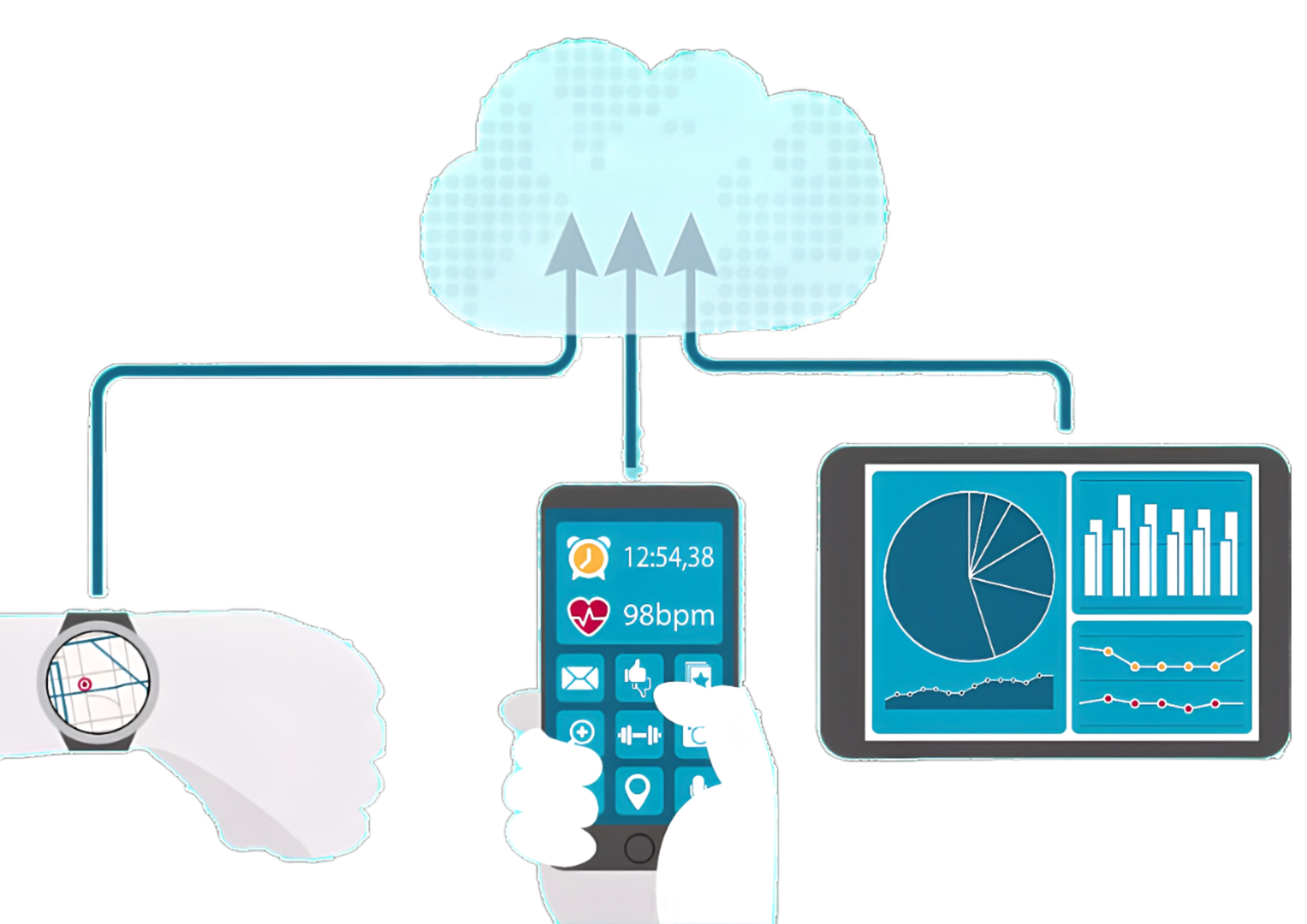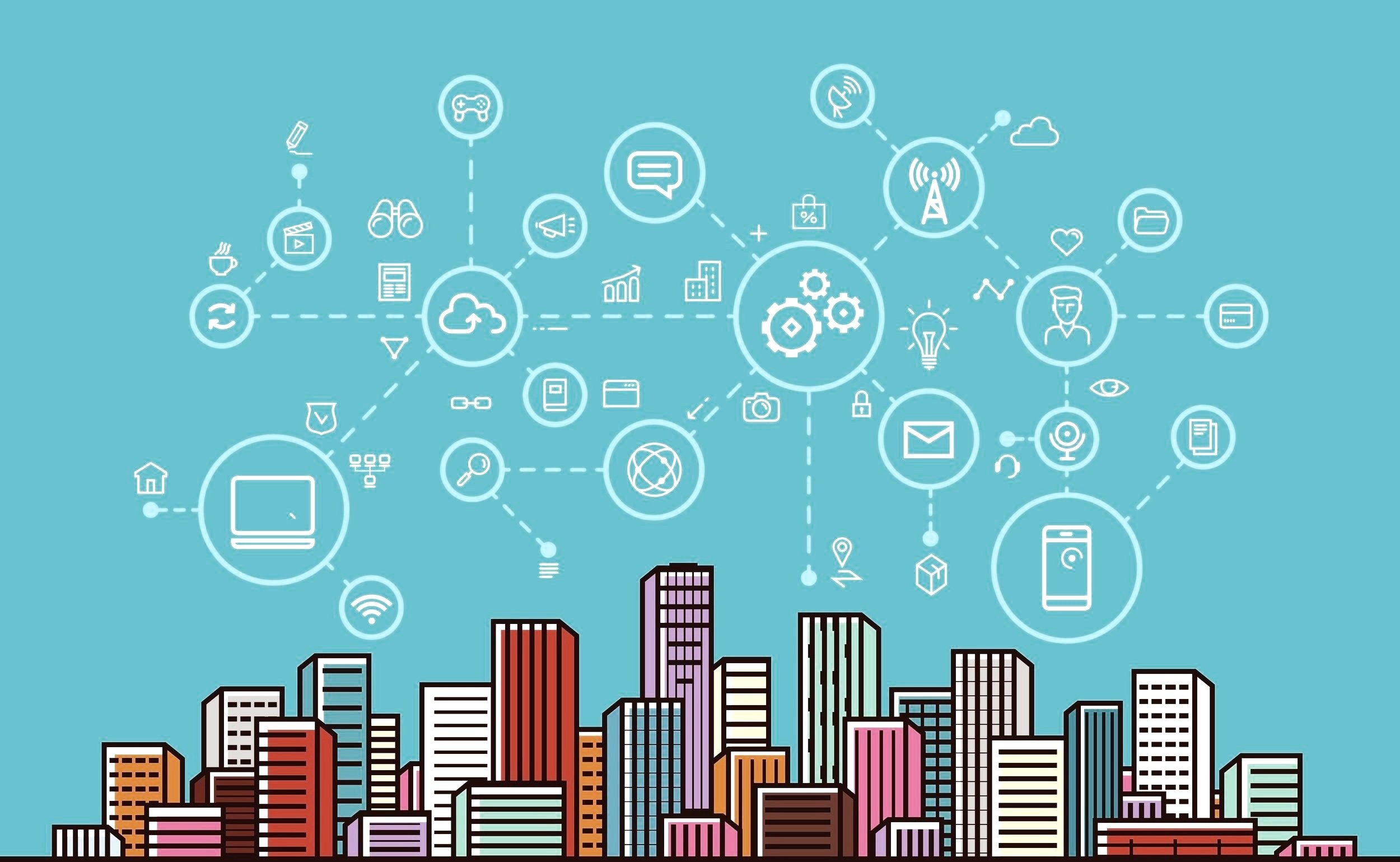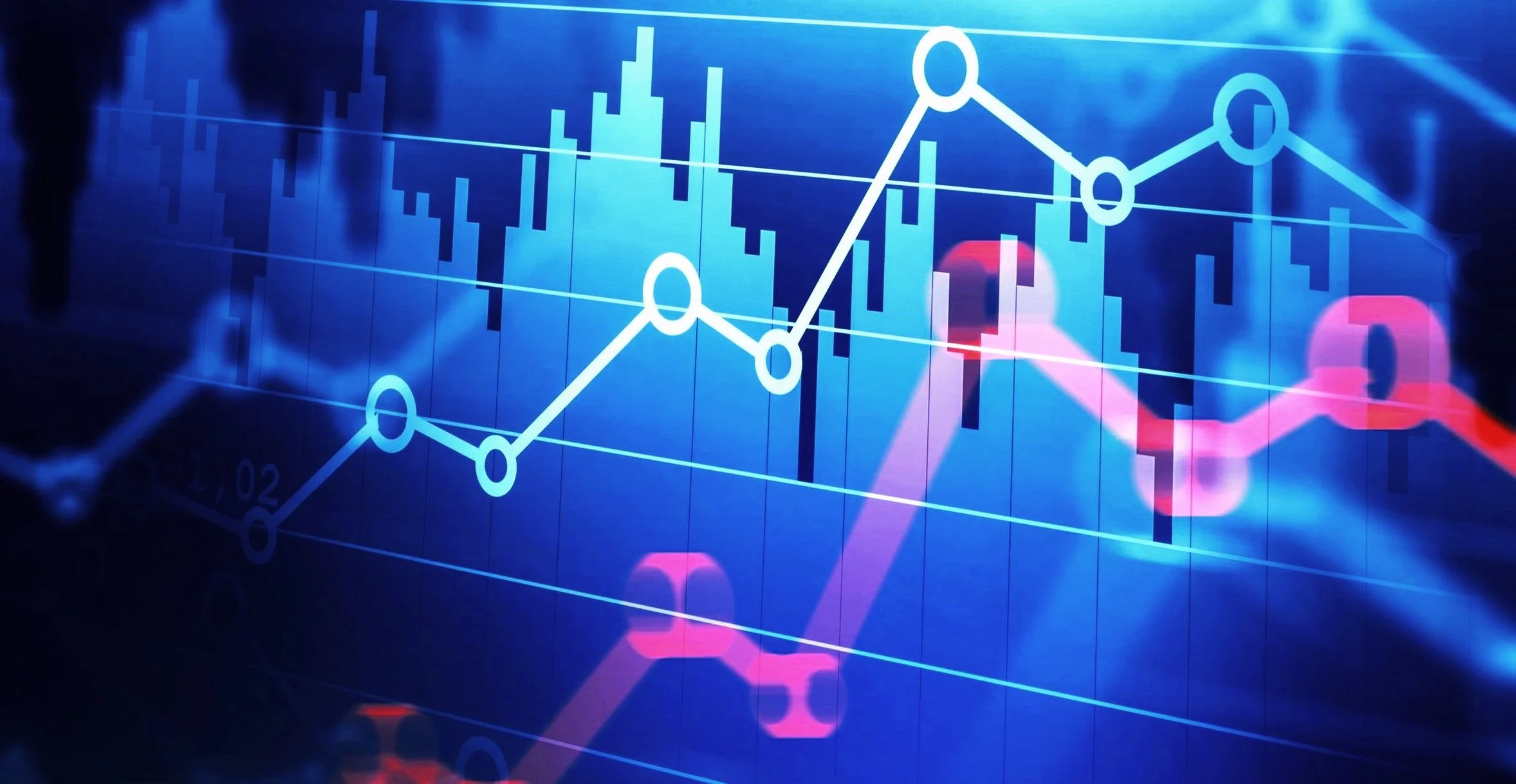We are living amid a technological revolution that is transforming the globe. Changes are visible in all aspects of our lives from transportation, health, and communications. As the adage states, yesterday’s science fiction is today’s science. We are now expanding our capabilities in every area of science, chemistry, biology, physics, and engineering. That includes heightened spae exploration, as well as building smart cities, new manufacturing hubs, and developing artificial intelligence and quantum technologies.
Read MoreBy 2032, it will be logical to assume that the world will be amid a digital and physical transformation beyond our expectations. It is no exaggeration to say we are on the cusp of scientific and technological advancements that will change how we live and interact.
What should we expect in the coming decade as we begin 2022? While there are many potential paradigms changing technological influences that will impact the future, let us explore three specific categories of future transformation: cognitive computing, health and medicine, and autonomous everything.
Read MoreA few weeks ago, The Economist published “The World Ahead 2023”, its 37th annual year-end issue that examines the trends and events that will likely shape the coming year. Two years ago, “The World in 2021” said that we should expect unusual uncertainty in the coming year, given the interactions between the still flourishing covid-19 pandemic, an uneven economic recovery and fractious geopolitics. Last year, “The World Ahead 2022” said that 2022 would be a year of adjusting to new realities in areas like work and travel being reshaped by the pandemic, and as deeper trends like the rise of China and accelerating climate change reasserted themselves.
Read MoreThere is little question that the metaverse and AR/VR headsets are important trends to watch out for in the coming years. As The Economist wrote in a November 2021 article, “as computers have become more capable, the experiences which they generate have become richer. The internet began its life displaying nothing more exciting than white text on a black background.” The last major advance in user interfaces took place in the 1980s when text interfaces gave way to graphical user Interfaces (GUIS). GUIs were first developed at Xerox PARC in the late 1970s and later popularized by the Apple Macintosh in the ’80s. In the 1990s, GUIs were embraced by just about every PC and user device, and GUI-based Web browsers played a major role in the explosive growth of the internet.
Read MoreAccording to CISA, “the working group will serve as an important mechanism to improve the security and resilience of commercial space systems. It will identify and offer solutions to areas that need improvement in both the government and private sectors and will develop recommendations to effectively manage risk to space based assets and critical functions.” See CISA Launches a Space Systems Critical Infrastructure Working Group | CISA
Read MoreI recently attended a seminar, The Art of AI Maturity, by Accenture executives Philippe Roussiere and Praveen Tanguturi as part of MIT’s Initiative on the Digital Economy (IDE) lunch seminar series. The seminar was based on their recently published article The Art of AI Maturity: Advancing from Practice to Performance. “Today, so much of what we take for granted in our daily lives stems from machine learning,” wrote the authors in the article’s executive summary. “Every time you use a wayfinding app to get from point A to point B, use dictation to convert speech to text, or unlock your phone using face ID ... you're relying on AI. And companies across industries are also relying on - and investing in - AI to drive logistics, improve customer service, increase efficiency, empower employees and so much more.”
Read MoreAlgae, that green scum often seen on the surface of ponds, and credited with harmful ocean algal blooms that kill ocean life might just hold an important key to addressing climate change. Algae, much like trees, uses carbon dioxide to conduct photosynthesis, sequestering CO2 as it grows. Hypergiant, an AI products and solutions company, is harnessing this unique power of algae in its latest technology, the EOS bio-reactor which uses AI to optimize algae growth and carbon sequestration.
Read MoreMachine learning is powering most of the recent advancements in AI, including computer vision, natural language processing, predictive analytics, autonomous systems, and a wide range of applications. Machine learning systems are core to enabling each of these seven patterns of AI. In order to move up the data value chain from the information level to the knowledge level, we need to apply machine learning that will enable systems to identify patterns in data and learn from those patterns to apply to new, never before seen data. Machine learning is not all of AI, but it is a big part of it.
Read MoreAI in healthcare now involves the use of machine learning algorithms and patient data fed in timely ways to these algorithms. IoT is making its way into hospital devices and equipment and is sending this data to computing facilities for AI to work its valuable guidance on it. This consistent data flow streamlines the patient experience by producing inferences from multiple data points, which help to guide and improve healthcare management capabilities with information and data while handling patients, equipment, and procedures.
Read More“Rapidly transforming, but not fully transformed - this is our overarching conclusion on the market, based on the fourth edition of our State of AI in the Enterprise global survey,” said Becoming an AI-fueled organization, the fourth survey conducted by Deloitte since 2017 to assess the adoption of AI across enterprises. “Very few organizations can claim to be completely AI-fueled, but a significant and growing percentage are starting to display the behaviors that can get them there.”
Read MoreThe Fourth Industrial Revolution, first coined by Klaus Schwab in his 2015 article in Foreign Affairs, represents the revolutionary shift in how we as a society integrate technology into our day-to-day. We are seeing emerging technology breakthroughs in robotics, autonomous vehicles, energy storage, material sciences, and nanotechnology among other fields, transforming existing processes and generating dialogue on their implications. Artificial Intelligence (AI) sits at the center of this discourse, and is poised to solve fundamental challenges and create value across all sectors.
Read MoreIn his 1950 seminal paper, Computing Machinery and Intelligence, Alan Turing proposed what’s famously known as the Turing test, - a test of a machine’s ability to exhibit intelligent behavior indistinguishable from that of a human. If a human at a keyboard couldn’t tell whether they were interacting with a machine or a human, the machine is considered to have passed the Turing test. “Ever since, creating intelligence that matches human intelligence has implicitly or explicitly been the goal of thousands of researchers, engineers and entrepreneurs,” wrote Erik Brynjolfsson, - Stanford professor and Director of the Stanford Digital Economy Lab, - in a recent article, The Turing Trap: The Promise & Peril of Human-Like Artificial Intelligence.
Read MoreAs we continue to move forward in the Industry 4.0 era of greater connectivity between the physical and digital, the promise and development of smart cities become a more likely vision. While the term may have differing definitions, the term “smart city” usually connotes creating a public/private infrastructure to orchestrate the integration of transportation, energy, water resources, waste collections, smart-building technologies, and security technologies and services in a central location.
Read MoreA couple of times per year, I take a deep dive on writing about the newly reported cybersecurity statistics and trends that are impacting the digital landscape. Unfortunately, despite global efforts, every subsequent year the numbers get worse and show that we are far from being able to mitigate and contain the numerous cyber-threats targeting both industry and government.
Read MoreJust a few decades ago shopping was done by physically going into retail stores or shopping through mail order magazines. Then, the shopping experience was revolutionized with the internet, and always connected mobile phones. Artificial Intelligence is now making significant changes in the way people buy and sell online, from creating more personalized experiences to targeted marketing, crafting tailored messages to be delivered at the right time and through the right channel or AI enabled chatbots to interact with customers at any time of the day.
Read MoreAs the world turns increasingly more digital and data-driven, there is increasing desire for greater visibility and transparency of data. Governments around the world have turned to digital means to submit and pay taxes as well as collect a variety of revenue from different sources. Likewise, governments are making deeper use of data and systems for their expenditures and analyzing the patterns of that spending.
Read MoreThe pace of adoption for AI and machine learning continues unabated with global, widespread, adoption and usage. It’s not just companies that are taking note of the tremendous value AI can provide them. Countries and governments around the world are also seeking competitive advantages by harnessing the power of AI. Governments that can take advantage of the tremendous transformation presented by AI and cognitive technologies can position themselves for global competitiveness in the future. As a result, countries around the world are adopting AI strategies to provide roadmaps, funding, education, and strategies needed to differentiate themselves and become leaders in different areas related to AI and cognitive technology.
Read MoreWhen you think of forecasts, the first thing that comes to mind might be the weather. People have been forecasting the weather since time immortal, using everything from observing nature to oracles and mystics. Fortunately today, we have the power of big data, geospatial imaging, satellite data, worldwide interconnected sensors, radar and doppler imaging, and of course, advanced analytics and artificial intelligence (AI) to enable some of the most accurate, longer-term forecasts that help people get a heads up before weather impacts their daily lives.
Read MoreOver the past decade, powerful AI systems have matched or surpassed human levels of performance in a number of specific tasks such as image and speech recognition, skin cancer classification and breast cancer detection, and highly complex games like Go. These AI breakthroughs have been based on deep learning (DL), a technique loosely based on the network structure of neurons in the human brain that now dominates the field. DL systems acquire knowledge by being trained with millions to billions of texts, images and other data instead of being explicitly programmed.
Read MoreAs the newest branch of the United States armed forces, the United States Space Force is at the innovative edge of applying technology and know-how to newly evolving areas of opportunity and threats. As such, it should come as little surprise that advanced uses of data and artificial intelligence are powering many of the innovative applications.
Read More




















